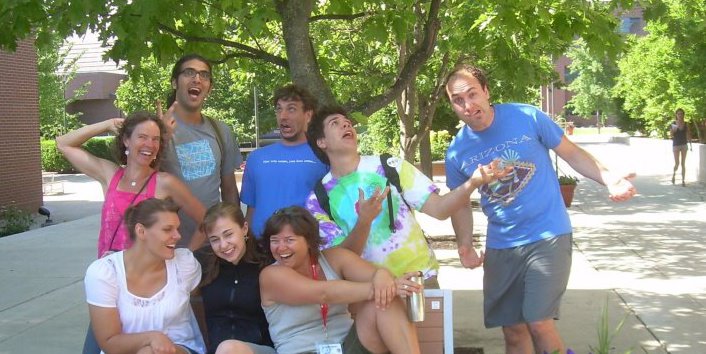
Ian Chambers

Invasive species are introduced organisms that lack biological controls and adversely affect ecosystems and cause economic damage. In the Okanagan, the codling moth is an invasive species that affects the orcharding industry, causing significant damage to apple crops. I use mathematical models to study codling moths and the factors that affect their survival to investigate management strategies.
Jessa Marley

Studying animal movement is key to understanding the links between an individual, its environment, and interactions with other individuals. We focus on grizzly bears in western Alberta over many years to determine bear movement strategies and the effects of changes in the environment on bear movement decisions. Using a combination of differential equations, statistics, and machine learning, we aim to delve deeper into the grizzly bear decisions and to reveal demography-dependent patterns.
Sanuri Himansa

Analyzing changes in population dynamics is an interesting topic to begin with in the mathematical biology field; not only human population dynamics but also animal population dynamics because these studies help me apply what I learned in the classroom to the real world. Working on how and why populations change piques my interest, and working in this field keeps me curious about how populations will change in the future. These studies primarily make use of differential equations, curve drawings, and a different perspective on graph analysis.
Neha Bansal
(Supervisor: Eric Foxall)
We live in a diverse world where each individual has a different set of genes, resulting in randomness of reproductive potential. We're working on finding the genetic equations that remain constant over time in specific populations. These equations characterize the long-term dynamics and determine the pace of population growth or extinction.
Sarah Wyse
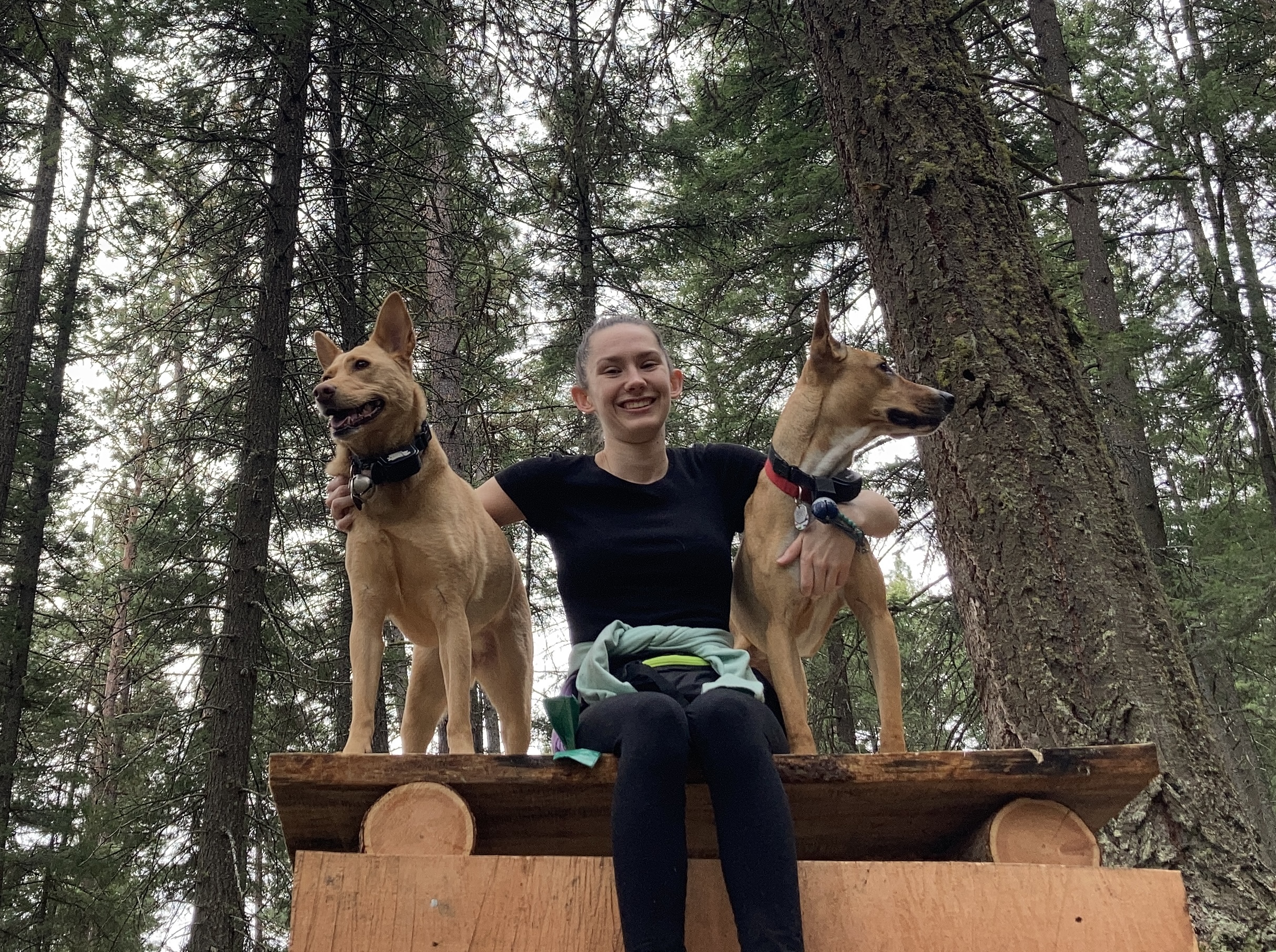
Climate action is desperately needed: even at the current warming of 1.1 degrees Celsius we are experiencing extreme heat waves, flooding, fires, and storms. It has been found that human activity is driving extreme weather patterns and we are nearing irreversible tipping points. My research uses mathematical modeling to determine the conditions under which small groups of citizens can influence their leaders and create political will for change.
Mijanur Rahman
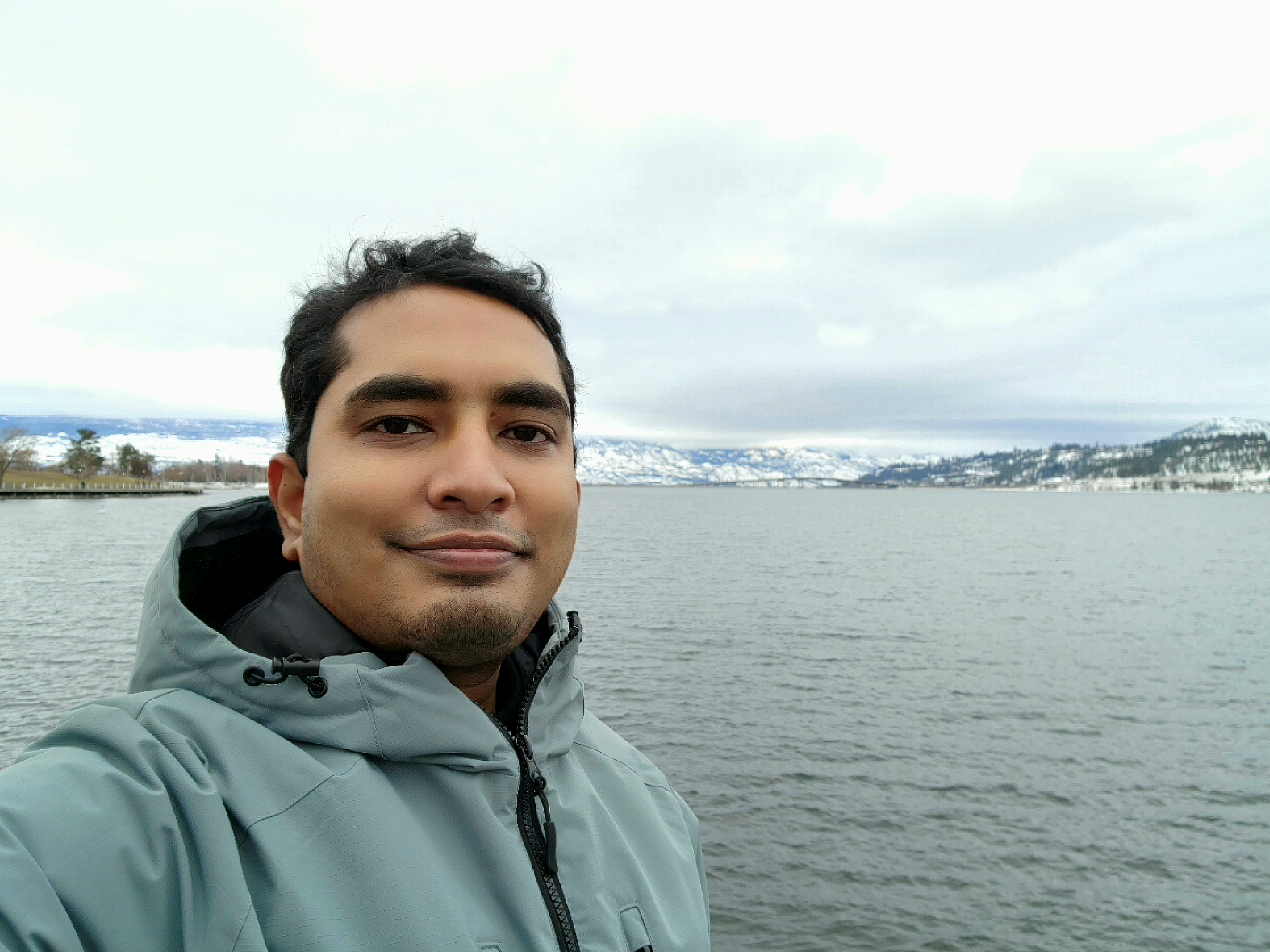
Internet and social platforms have drastically changed the way humans interact and consume information which gives rise to the formation of different kinds of opinions in society. Opinion dynamics is the study of how individuals' opinions, beliefs, and attitudes change over time due to interactions with others within social networks. My research focuses on different mathematical frameworks, such as differential equations and agent-based simulations, to understand how individuals/ groups form and change their opinions, analyze the effect of rumours, and predict the spread of information.
Avneet Kaur
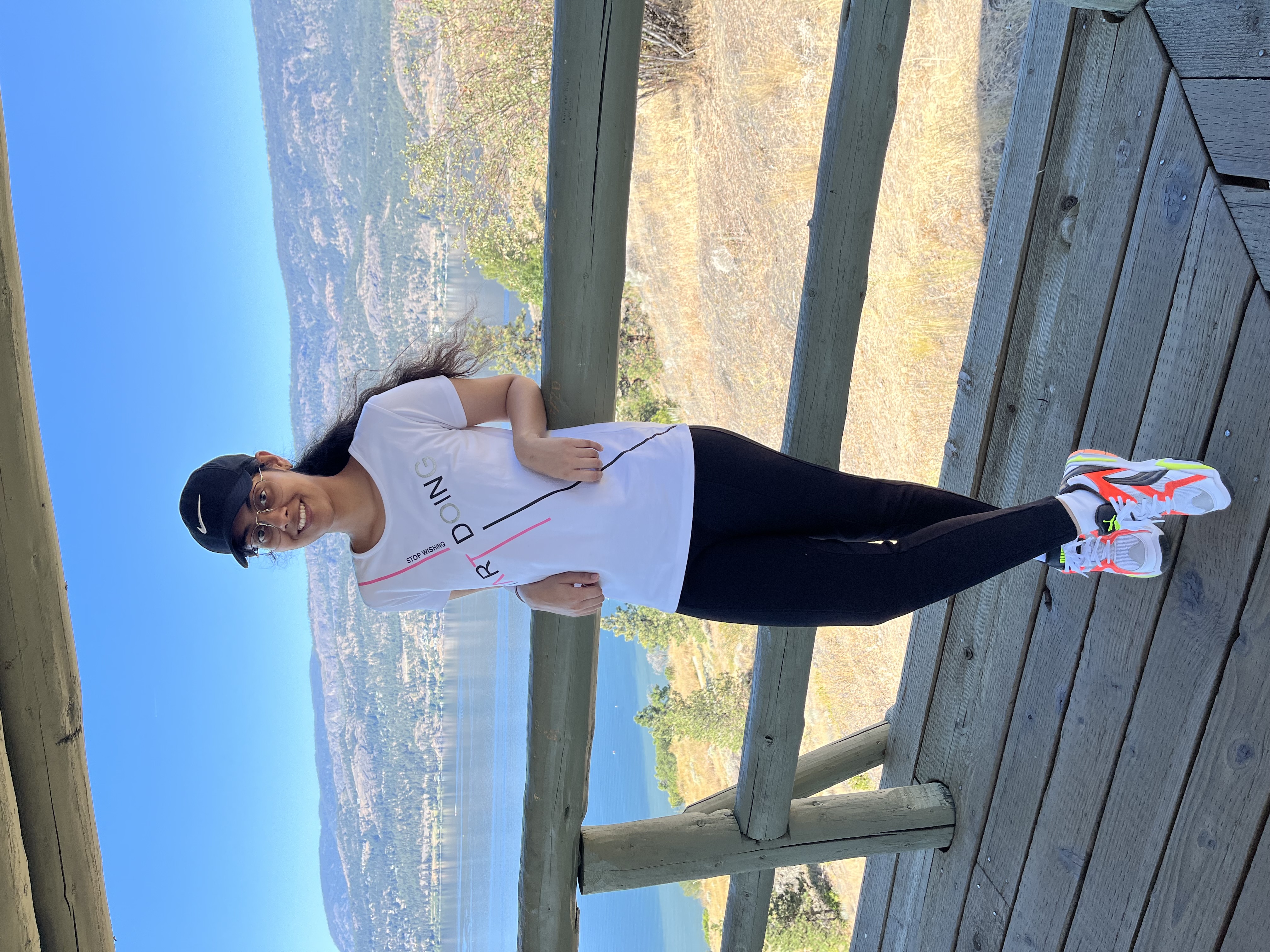
To effectively predict and respond to an outbreak it is crucial to understand human responses to information and misinformation, policy, and disease severity. We develop and analyze ordinary differential equations epidemiological models coupled with socioeconomic dynamics, with modelling of human behaviour supported by current research in sociology and psychology. These models help us get insights into the rich disease dynamics like multiple peaks of varying heights, fear taking off before the disease, bifurcation in the final size, etc. A better understanding of the disease dynamics can help assess the effectiveness of intervention strategies and inform public health policies.
Past Members
Noah Marshall

Matthew Saurette

Sarah MacQueen

Pau Capera Aragones

Maria Martignoni Mseya
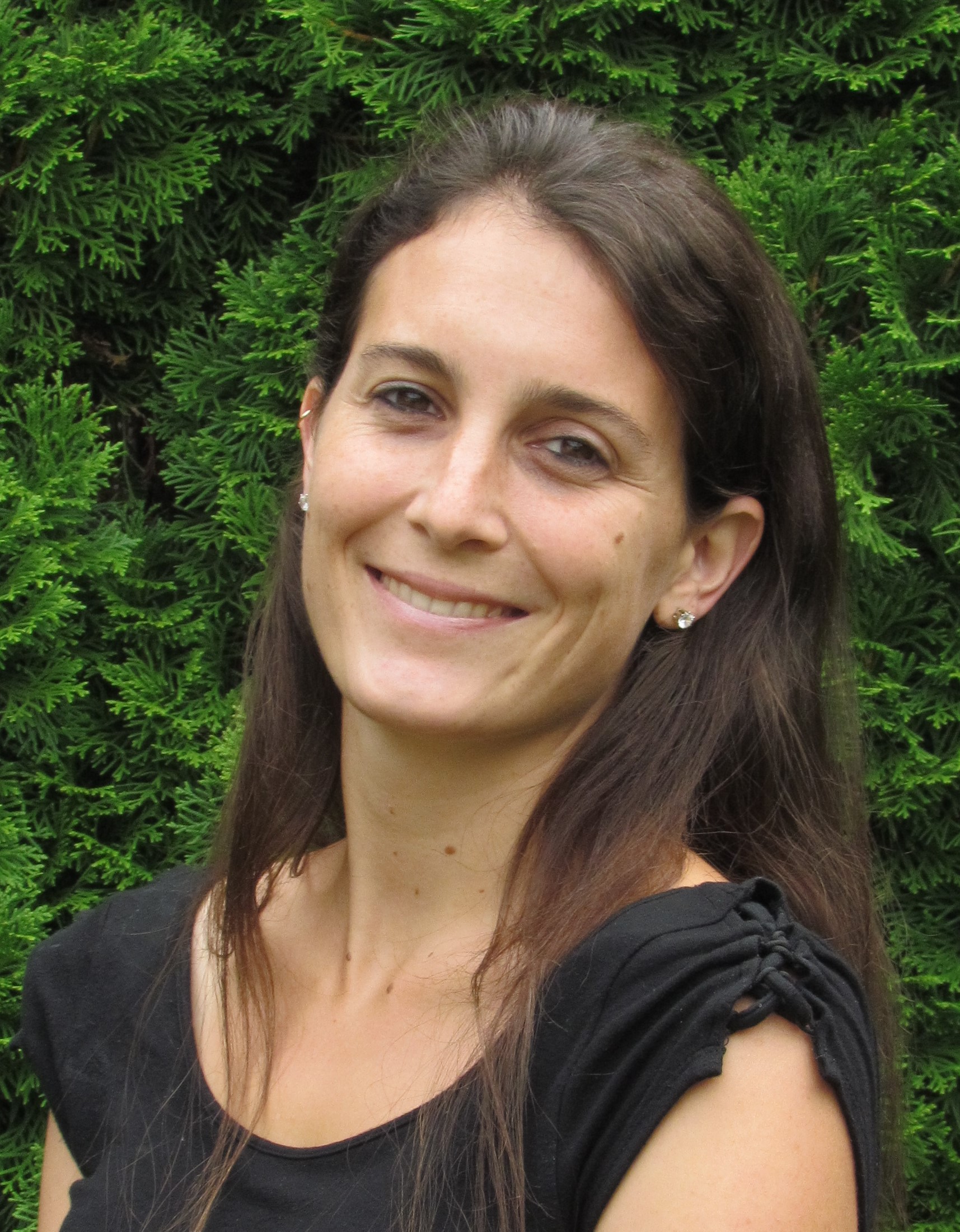
Geoff Goetz
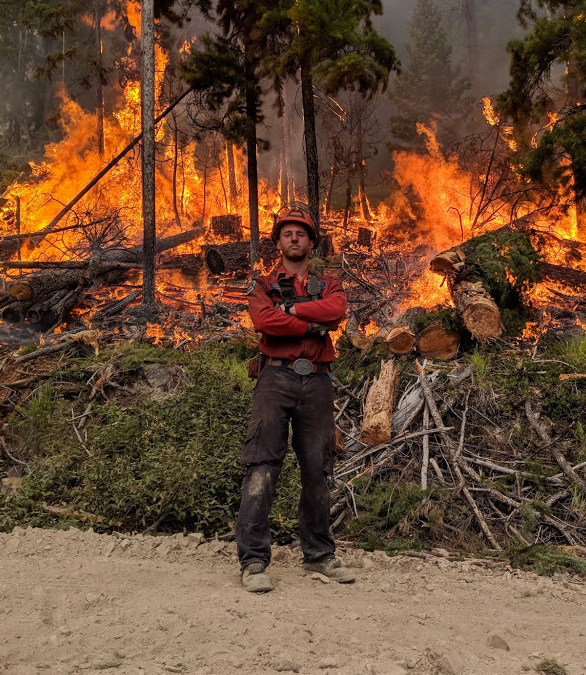
Nourridine Siewe

Maziyar Jalaal
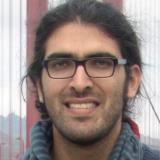
Andrea Hyde

Shaun Strohm

Garrett Culos

Katrina Williams

Alexander Bläßle

Haley Dirksen
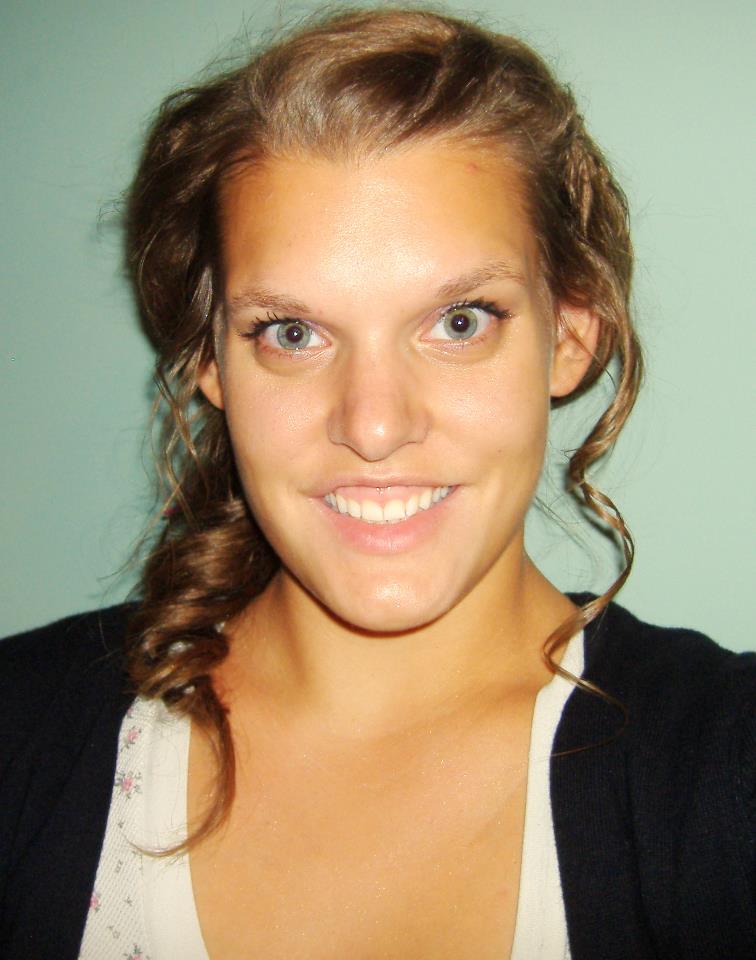
Noah Marshall

Matthew Saurette

Sarah MacQueen

Pau Capera Aragones

Maria Martignoni Mseya

Geoff Goetz

Nourridine Siewe

Maziyar Jalaal

Andrea Hyde

Shaun Strohm

Garrett Culos

Katrina Williams

Alexander Bläßle

Haley Dirksen
